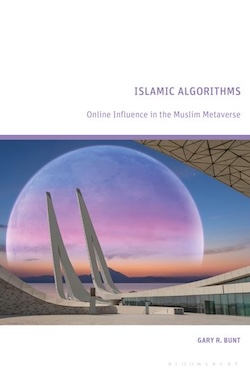A couple of related articles:
“This article argues that Muslims have created a specific Muslim Instagram that sustains youthfulness and cultivates their deen (religion). Instagram as a social has become a space for Muslim youth all over the world to share images. These images, being circulated over Instagram across localities, create visual representations for other users. For this research, over 500 images with the hashtags #muslim and #islam were analysed to understand how Muslims represent themselves and their religion online. A two-step methodological procedure involved the adaption of iconographical and iconological techniques of visual art interpretation to the images collected. The concept of youthfulness and the Islamic concept of deen will be discussed in relation to the analysed images to demonstrate the emergence of a Muslim Instagram. Muslim Instagram is a translocal space that enables Muslims to simultaneously act eternally youthful and cultivate their deen. By playing with notions of youthfulness, Muslims recontextualise their faith and practice online to cultivate their deen. They thereby embed Islam and subsume Islamic concepts and practices into modern global lifestyle patterns of consumption.”
Also see:
Farah Hasan, Keep It Halal! A Smartphone Ethnography of Muslim Dating, Journal of Religion, Media and Digital Culture, 135–154, 2021 “This article reveals how Muslim religious identity is impacted by Muslim dating apps. The development of Muslim dating apps within the last decade has led to Muslims seeking partners beyond their physical and social locality. The following research takes inner-Muslim discursive traditions into account in order to examine how Muslim males articulate and negotiate their Islamic identity in the process of partner selection. The research’s methodological approach draws from digital ethnography, with the smartphone as the primary field site. The smartphone ethnography on the app of Muzmatch will demonstrate that users are physically embedded in doctrinally heterogenous contexts. Yet, the religious framework of the app promotes a “doctrinal homogeneity” that finds expression via the discursive articulations of the app users. It will be shown that users are being shaped by the app as they incorporate the religious framework provided by it.” I haven’t read this yet (paywalled). It came out in 2021 (I’m in catch-up mode).
